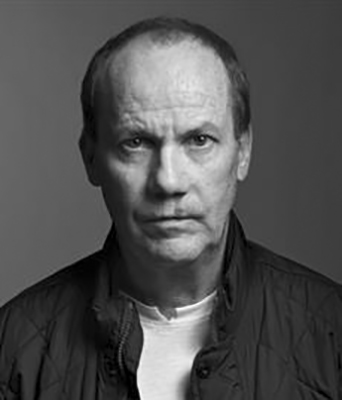RICHARD PRINCE (b. 1949)
 By questioning concepts of authorship and ownership, Richard Prince has distinguished himself as a photographer and painter and led the way for what is now recognized as appropriation art. Born in 1949 in the Panama Canal region, Prince was raised in suburbs of Boston and moved to New York in 1973. There, Prince launched his career while appropriating advertisement clippings he encountered in his job with Time Inc. (then Time-Life). Prince continued to incorporate images from American popular and sub-culture and stylized them in his own way. Utilizing this technique has earned Prince comparisons to artists such as Cindy Sherman, Barbara Kruger, and Any Warhol. Prince’s work has also instigated debates over the concepts of copyright and intellectual property. Overtime, Prince has adapted his art to reflect the cultural changes around him by incorporating imagery form social media platforms like Instagram. Today, Prince lives and works in upstate New York. His works can be found in collections such as the Metropolitan Museum of Art, the Modern Art Museum of Fort Worth, Texas, the Museum of Fine Arts Collection, Boston and the Victoria and Albert Museum, London.
By questioning concepts of authorship and ownership, Richard Prince has distinguished himself as a photographer and painter and led the way for what is now recognized as appropriation art. Born in 1949 in the Panama Canal region, Prince was raised in suburbs of Boston and moved to New York in 1973. There, Prince launched his career while appropriating advertisement clippings he encountered in his job with Time Inc. (then Time-Life). Prince continued to incorporate images from American popular and sub-culture and stylized them in his own way. Utilizing this technique has earned Prince comparisons to artists such as Cindy Sherman, Barbara Kruger, and Any Warhol. Prince’s work has also instigated debates over the concepts of copyright and intellectual property. Overtime, Prince has adapted his art to reflect the cultural changes around him by incorporating imagery form social media platforms like Instagram. Today, Prince lives and works in upstate New York. His works can be found in collections such as the Metropolitan Museum of Art, the Modern Art Museum of Fort Worth, Texas, the Museum of Fine Arts Collection, Boston and the Victoria and Albert Museum, London.
